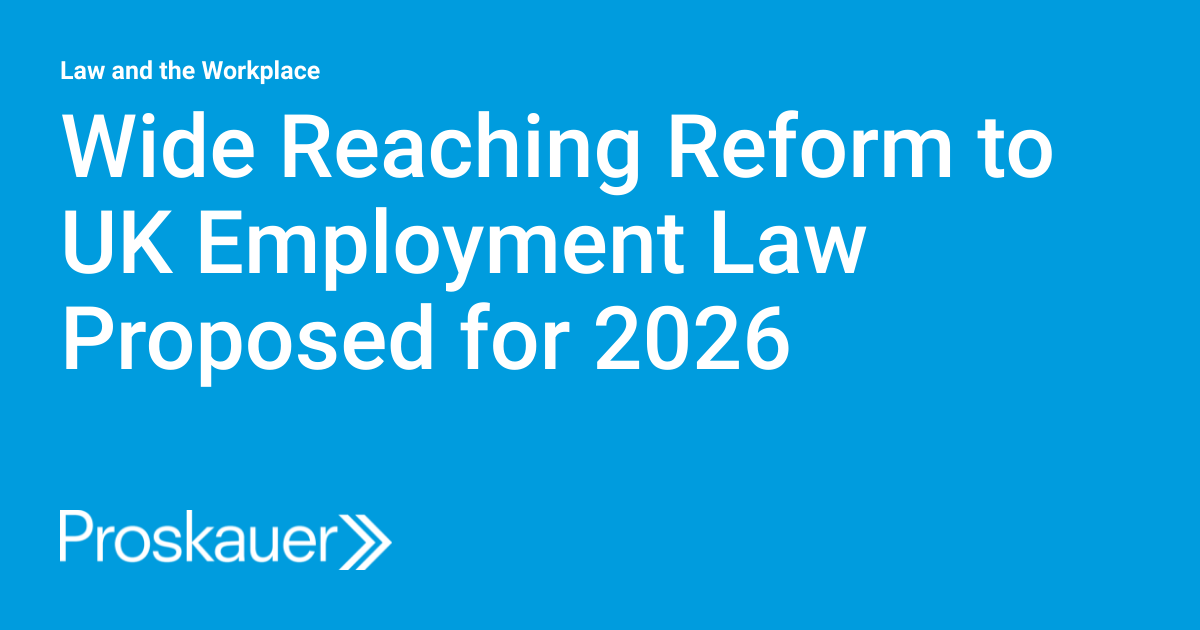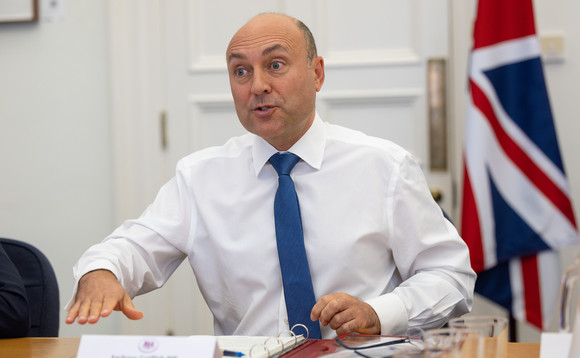Economic Secretary Andrew Griffith was in Edinburgh today, where he hailed the success of Scotland’s financial services sector and the strength of the Union.
Speaking at TheCityUK’s Annual Conference, the minister praised the energy and vitality of Edinburgh, the second biggest financial hub in the UK, with one seventh of Edinburgh’s workers – 50,000 people – employed by the sector.
Mr Griffith then visited life insurance and pensions firm, Scottish Widows, following reforms to regulation (Solvency II), which could unlock over £100 billion of investment in the UK over the next ten years, boosting infrastructure, green growth and Scottish jobs.
Economic Secretary to the Treasury, Andrew Griffith said: “Scotland’s economy makes a crucial contribution to maintaining the UK’s position as a leading global hub for financial services – with Edinburgh and Glasgow the two largest clusters outside of the City of London.
“Our reforms to Solvency II have the potential to unlock over £100 billion of investment into the UK economy, including in Scotland – in things like infrastructure and sustainable energy. We are committed to maintaining the UK’s place as one of the most open and dynamic markets in the world – and will set out further plans for ambitious reform, in the coming weeks.”
Craig Thornton, Chief Investment Officer, Scottish Widows commented: “By working together the insurance industry, Government and the Prudential Regulation Authority will now be able to unlock a significant investment boost for the UK economy, while continuing to help people secure their financial futures.
“Scottish Widows has already invested around £3bn in social housing projects across the UK, however we will be able to invest billions more in projects which are vital to the growth of the economy and the transition to net zero. We’re looking forward to moving on to the next stage of the reform process at pace, which includes working with Government to accelerate the vital work of identifying suitable investment opportunities in the UK which will benefit from the recently announced changes.”
Solvency II is a set of regulations dictating how much financial reserves insurers have to hold against the risks included in their policies. It also dictates how they are required to report these risks to regulators. The rules were implemented in 2016 and were a compromise between EU member states. Leaving the EU has enabled us to reform these rules to suit the unique features of the UK insurance market.
At the Autumn Statement, the Chancellor announced steps to reform the legislation that would unlock over £100 billion of investment in UK infrastructure and drive down prices of life insurance products for consumers. These included:
- A 65% reduction in the risk margin for life insurers, and 30% reduction for general insurers. This will help free up capital on insurers balance sheets.
- A significant increase in flexibility of the matching adjustment – freeing up money for long-term assets such as infrastructure.
- A meaningful reduction in the current reporting and administrative burden on firms, such as doubling the thresholds at which the regime applies.
These steps act as a first course of the Government’s ambitious agenda to seize on our Brexit freedoms and reform our world leading financial services sector, so that it works in the interest of British people and consumers. They also build on the measures within the Financial Services and Markets Bill – which grants the UK the power to repeal and replace hundreds of pieces of burdensome EU laws; protects access to cash for communities in Scotland; and compensate the victims of APP fraud.











